
How to Plant, Grow, and Care for Almond Trees Almond tree, Growing gardens, Plants
As the earliest-flowering stone fruit, the almond tree has the added bonus of also being an ornamental flowering tree, growing 10 to 15 feet high, and replete with fragrant pink or white flowers in early spring. Beautiful as well as delicious - what's not to like?
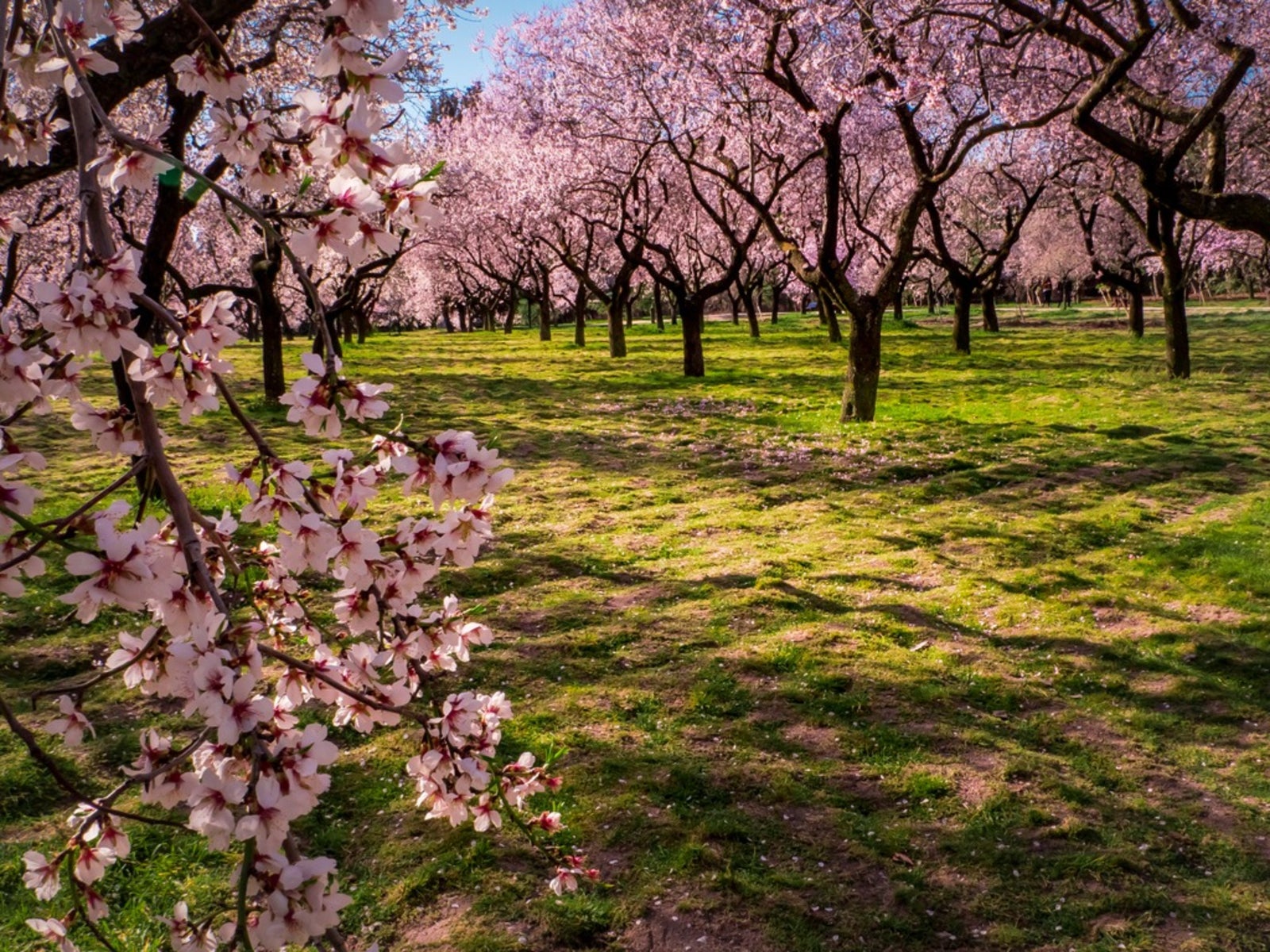
Flowering Pink Almond How To Care For Growing Flowering Almonds
In Trees Updated March 4, 2023 Almond trees are great additions to a home garden. The tree is an ornamental shrub that provides healthy nuts. If you want to grow inside your home, you must be careful and dedicated to caring for the tree. In this article, you will learn to grow almond trees indoors.

Almond Tree Care, Planting & Growing Tips Horticulture.co.uk
Press each seed down into the soil and inch (2.5 cm.) or so. Water the seeds and place the container in a warm, sunny area. Water once a week or when the soil feels dry 1 ½ inches (4 cm.) down into the soil. Transplant the plants when they are 18 inches (46 cm.) in height. Topics.

Almond Tree Self Pollinating Diaco's Garden Nursery Melbourne
Soil. Good drainage is important, so sandy soils are preferred over clay soils. Till deeply into the soil so that the roots can strike down deep. Water. Like other nut trees, almond trees need a lot of water to grow healthy. Aim for about 3 to 4 inches of water per week, or enough to keep the soil moist.

Buy Badam Tree, Indian Almond Tree, Terminalia catappa Plant online from Nurserylive at lowest
Deciding Whether to Grow Indoor vs. Outdoor. Almond trees thrive in hot and dry climates. In the US, Central California is a prime location for almond growing as well as some parts of Arizona, Texas, and Georgia. Almond trees can be grown inside as well, as long as there are proper pot sizes that can hold 10 - 20 gallons of potting soil..

Almond Tree Care, Planting & Growing Tips Horticulture.co.uk
Experience the Smoothest Control with Teupen's Revolutionary Remote Functions! Reach New Heights! Teupen - Your Go-To Partner for High-Altitude Work Solutions
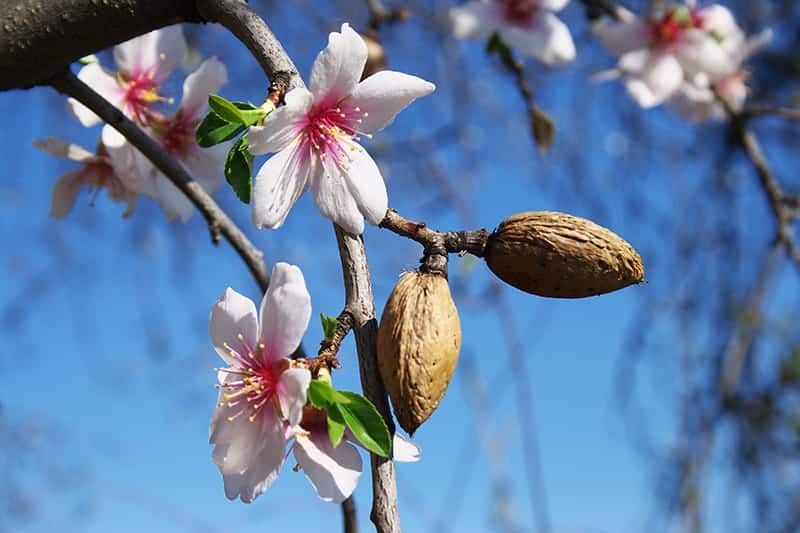
Almond Tree Growing, Care & Havesting Tips
During the spring bloom season, care of almond trees should include fertilization of mature trees with urea or manure, watered in or small doses of nitrogen for young trees. Drip irrigation should be initiated daily for those newly planted, with the trees needing at least 2 to 3 inches (5-8 cm.) of water. In the summer months, look to fertilize.
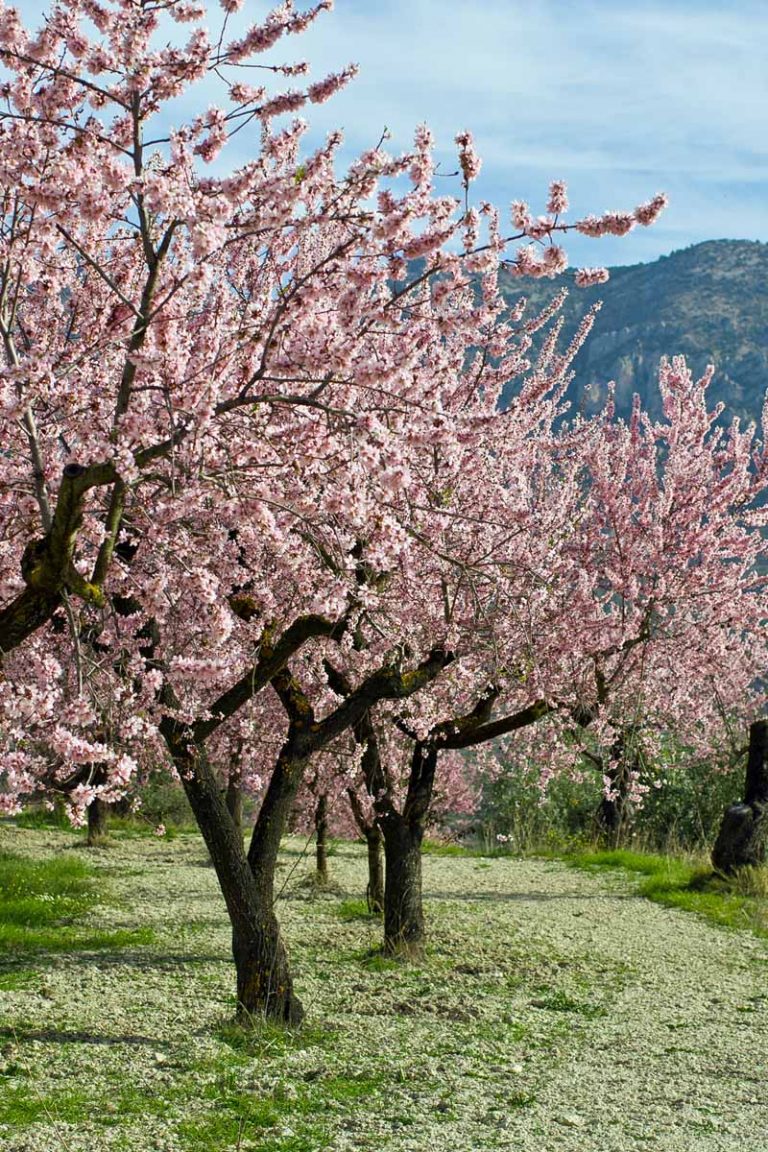
How to Plant, Grow, and Care for Almond Trees Gardener's Path
Almond trees require regular and consistent watering, especially during the first few years of growth. Aim to provide 1-2 inches of water per week, evenly distributed. Deep watering is essential to encourage deep root growth and drought tolerance. However, avoid overwatering, as excessive moisture can lead to root rot.
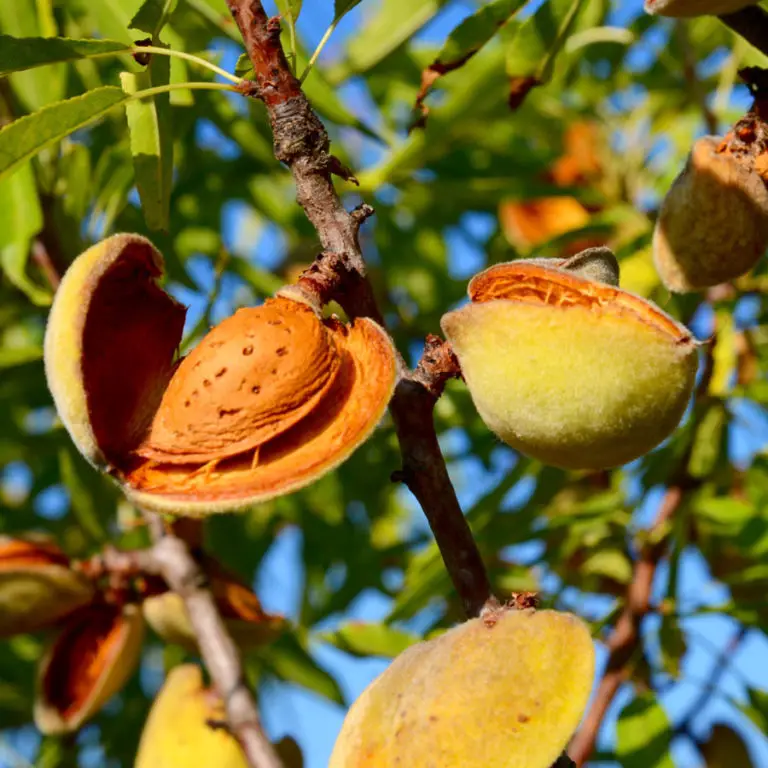
How to Grow Almonds Plant Instructions
Ensure that the area has enough space for the tree to grow and thrive. Almond trees require a minimum of 6 to 8 hours of direct sunlight daily. If natural light is insufficient, supplement it with grow lights to provide the necessary light intensity for optimal growth. Soil Requirements for Indoor Almond Trees. Almond trees thrive in well.

Almond Tree Care Learn How To Grow An Almond Tree
Almond trees should be planted 19 to 26 feet (6-8 m.) apart and irrigated despite the fact that the trees are drought tolerant. An application of nitrogen and organic fertilizer will aid in growth. These trees have high nitrogen (N) and phosphorus (P) requirements. To plant the almond tree, dig a hole wider than deep and make sure the roots fit.

Can Almond Trees Grow Indoors [And How To]? (Quick Guide For Beginners)
4. Planting Almond Seeds. Once stratification is complete, plant the almond seeds in individual containers or seedling trays. Plant the seeds about 1-2 inches deep, and water the soil thoroughly. Ensure the planting medium remains consistently moist but not waterlogged. 5. Providing Adequate Sunlight.

Almond 'Princess' (patio) Nut Trees Thompson & Potted trees, Plants for small
Step 1: Germinate seeds. Choose at least ten raw, unpasteurized almond seeds. Some seeds will germinate, and only a slim percentage will grow into a seedling or young tree. To germinate the seeds, begin by soaking the almonds in water for 48 to 72 hours. After that, gently peel the skin off from the tip.

How to Properly Grow Almond Trees Growing Magazine
The following tips on growing an almond tree in a pot may be helpful as you're starting out: An almond tree in a pot is happiest with temperatures between 75 and 80 degrees F. (24-27 C.). Place container-grown almond trees safely away from drafty windows and air-conditioning vents when indoors.
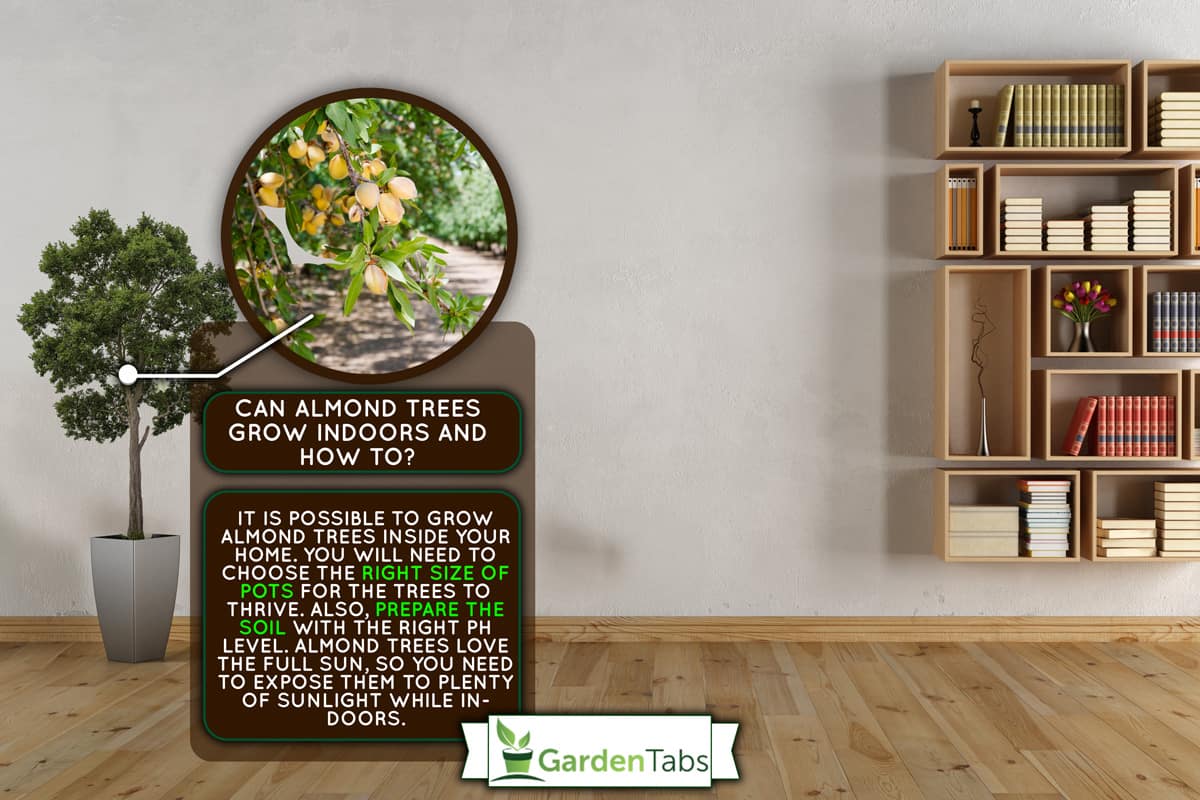
Can Almond Trees Grow Indoors [And How To]? (Quick Guide For Beginners)
Almond tree (Prunus dulcis) is a deciduous flowering tree grown for its pretty spring blossom and edible nuts.Almond trees form an upright and spreading head of branches, wreathed with masses of small pale pink or white flowers borne on the bare branches in late winter and early spring, before the leaves open.

How To Grow An Almond Tree? Everything You Must Know Gardening Mantras
Trees Almond Tree: Growing Your Favorite Snack Love almonds? So do we. In this in-depth growing guide, we'll teach you how to grow your very own almond tree at home for your enjoyment! Written by Rachel Garcia Last updated: July 18, 2023 | 15 min read Contents

Tropical Almond Tree Terminalia catappa Small courtyard gardens, Almond tree, Plants
Almond trees require certain conditions to thrive, even when grown indoors. Light: Almond trees are sun-loving plants and require a minimum of 6-8 hours of direct sunlight daily. To achieve this indoors, place your almond tree near a south-facing window or use full-spectrum grow lights during winter or in low-light areas. Temperature: Almonds.